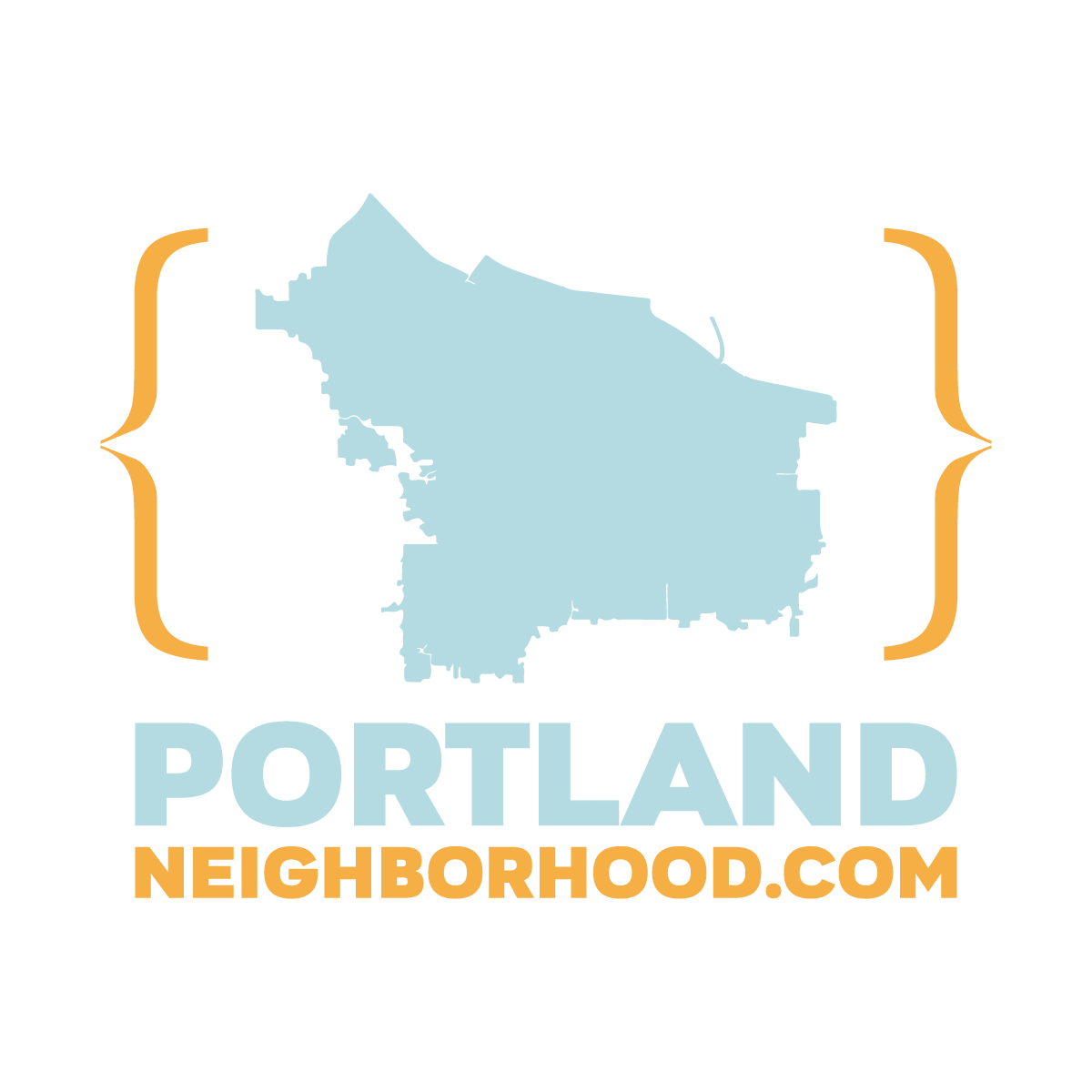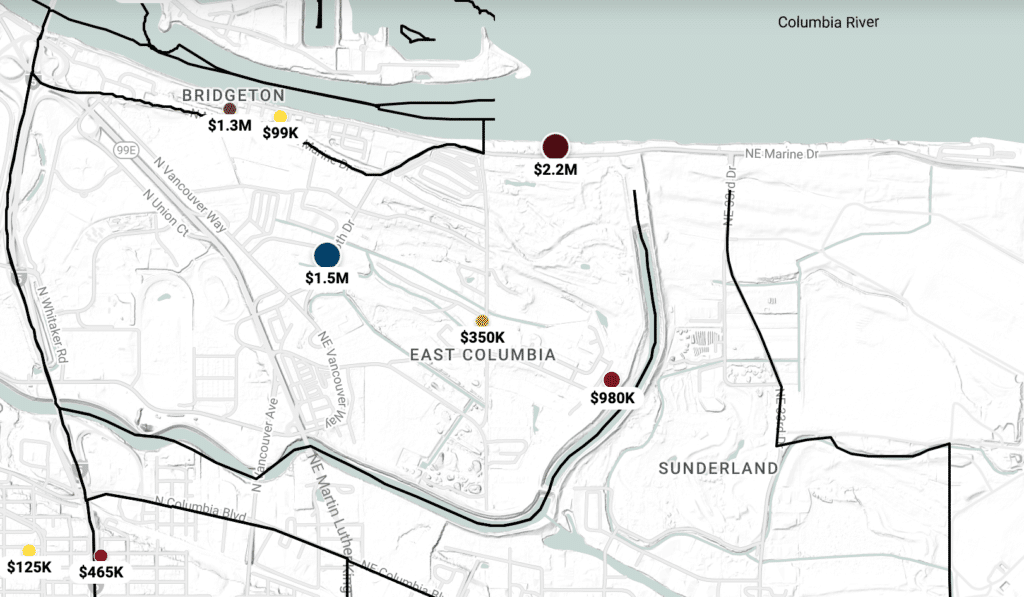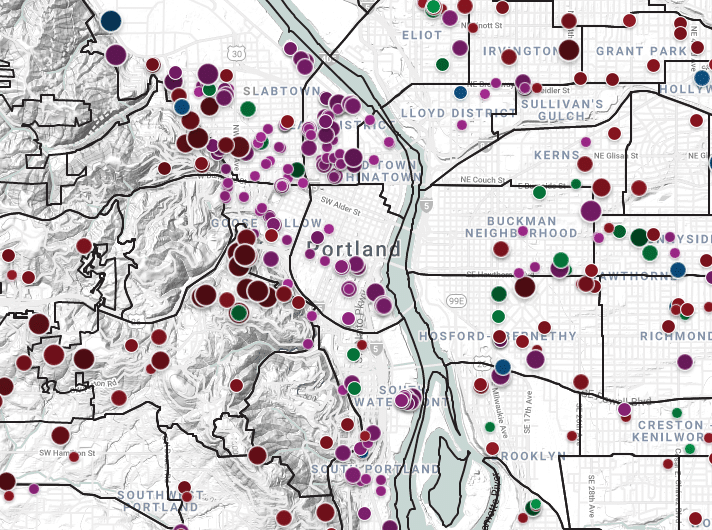East Columbia Neighborhood Guide
East Columbia neighborhood is located between Sunderland, Bridgeton, Piedmont, and Kenton neighborhoods in North Portland. Hayden Island is also adjacent to this neighborhood, just across the water.
Click the image for a fully searchable East Columbia neighborhood map, including all homes for sale.
Features of the East Columbia Neighborhood
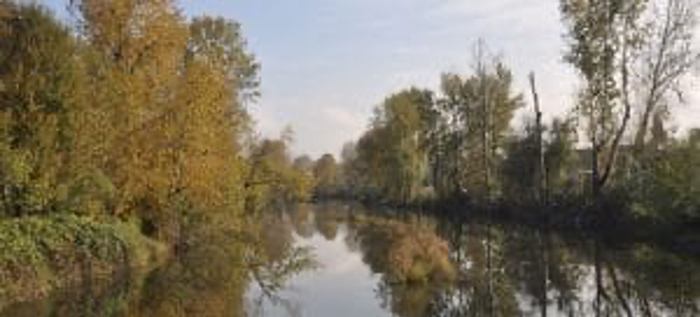
As a result of the Portland real estate market boom and like many other Portland neighborhoods, East Columbia has seen an influx of new residents to the area. As one might imagine, East Columbia has some wonderful areas with beautifully improved homes and neighborhoods, and some still in transition.
One of the most unique highlights of this neighborhood is that it’s split into two sections. The main section, bordered by the Peninsula Drainage Canal and Columbia Edgewater Country Club, is a mix of residential and industrial sites. Additionally, there is a small area to the north that borders the Columbia River. This spot is comprised of mostly houseboats, giving residents incredible views of the water. It’s unclear why East Columbia is split like this, but this distinction helps the neighborhood stand out among the more stylish areas of Portland.
Another notable element of East Columbia is that it is technically in a flood zone. Native Portlanders should be aware of the historic Vanport flood of 1948, which destroyed the Vanport neighborhood and caused many nearby residents to seek shelter further inland. Fortunately, while flooding did reach East Columbia, the area wasn’t hit too hard. Since then, the Army Corp of Engineers has built levees and dikes to withstand extreme conditions, so the neighborhood is safe. The Columbia Slough runs along its southern border and acts as a natural barrier. The slough also offers excellent walking trails if you’re into that sort of thing.
Since East Columbia doesn’t have many shops or retailers, residents have to go outside its borders to find dining and shopping options. Fortunately, Hayden Island is close by, which has the Jantzen Beach Shopping Center. South of Lombard Street is North Portland, which also has plenty to offer.
What this neighborhood lacks in shopping it makes up for in green spaces. Two elements stand out the most: the Columbia Edgewater Country Club and the Columbia Children’s Arboretum. If you and your family enjoy the crisp Portland weather and love nature, you’ll appreciate these highlights.
Columbia Edgewater Country Club
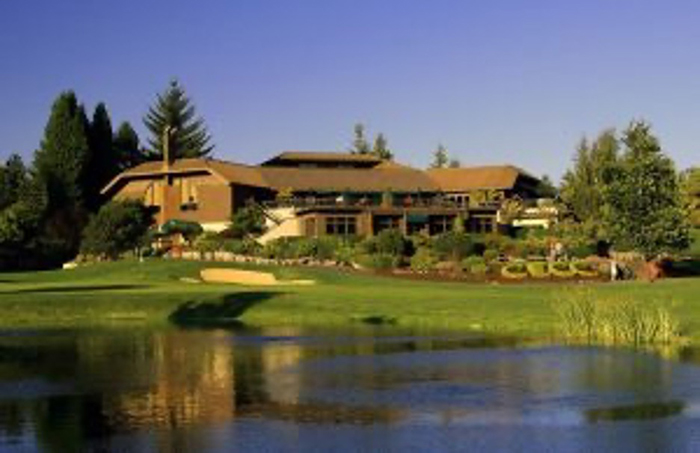
A year later, in 1926, the original clubhouse opened with massive fanfare. Unfortunately, due to a Christmas tree fire in 1979, the clubhouse burned to the ground. It was replaced by the current structure, which reopened in 1981. Columbia Edgewater’s clubhouse is well-known throughout the city as a high-class wedding venue. The ballroom and patio area are perfect for couples to share their nuptials, and the backdrop of the course makes for some incredible photos.
Over the years, Columbia Edgewater has hosted regional golf tournaments, including qualifiers for the PGA, LGPA, and the U.S. Open. Since 2013, the course has been home to the LGPA Portland Classic. Groups can rent the grounds for personal tournaments, as there is the original 18-hole course and a smaller, more casual nine-hole option as well.
Columbia Edgewater Country Club—2220 NE Marine Dr
Columbia Children’s Arboretum
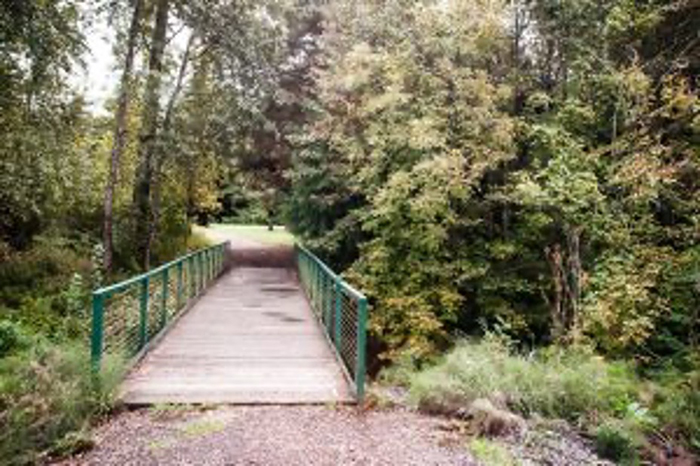
After the Columbia School District was annexed by the Portland Public School District in 1964, the students were struggling and well behind the rest of the city. To help them catch up and develop a better education, the principal of Columbia School created a unique program that blended studies with nature. Students helped turn a mass of blackberry bushes and flood plains into an arboretum. Thousands of trees were planted and the land was reshaped to form an educational arboretum. The goal was to have trees from every state in the country.
During this construction period, the arboretum became a massive endeavor, with various groups contributing to its cause. An orchard was planted, along with a community garden. However, by 1983, Columbia School closed, which meant that students and faculty were no longer managing the grounds. A nearby school, Whitaker, tried to continue maintenance operations, but the distance from the school to the arboretum was too far. Eventually, the program collapsed by the mid-90s. In 1999, the Portland Parks and Recreation Department acquired the land, and has been in charge of it ever since.
Because of its loose development, the Arboretum isn’t as polished as others in the Northwest. However, many trees and plants have plaques that describe what they are, and there are plenty of trails to walk through the grounds. Overall, it’s a gorgeous experience and can provide a learning opportunity for budding arborists. It takes about an hour to stroll through.
Columbia Children’s Arboretum—10040 NE 6th Dr
Fazio Farms Corn Maze

If you’ve never been through a corn maze, the experience is quite unique. Fazio Farms has one of the largest in Portland, which they update regularly. If you look at the maze from Google Maps, you can see the intricate design, which incorporates the Fox 12 logo. Several years ago, Fox did a story on the maze, and the owners decided to put the station’s logo for PR reasons. Since then, the design stuck, and it remains an integral part of the maze.
Although you can go through the maze during other parts of the year, we highly recommend visiting it during Halloween season. Fazio Farms creates a chilling and spooky atmosphere, which makes the twists and turns even more alluring. Back in 2014, the farm started giving maze runners maps, since it was becoming too difficult for them to find their way out. Searching through the corn stalks at night certainly gives it a creepy vibe. It’s not necessarily at the level of “The Shining,” but it’s pretty close. If you’re not using the map, it can take about two hours to navigate the maze. During the fall season, the farms offer additional amenities, such as inflatable slides, pumpkin patches, and hay rides.
Fazio Farms Corn Maze—9028 NE 13th Ave
Lavender Haven
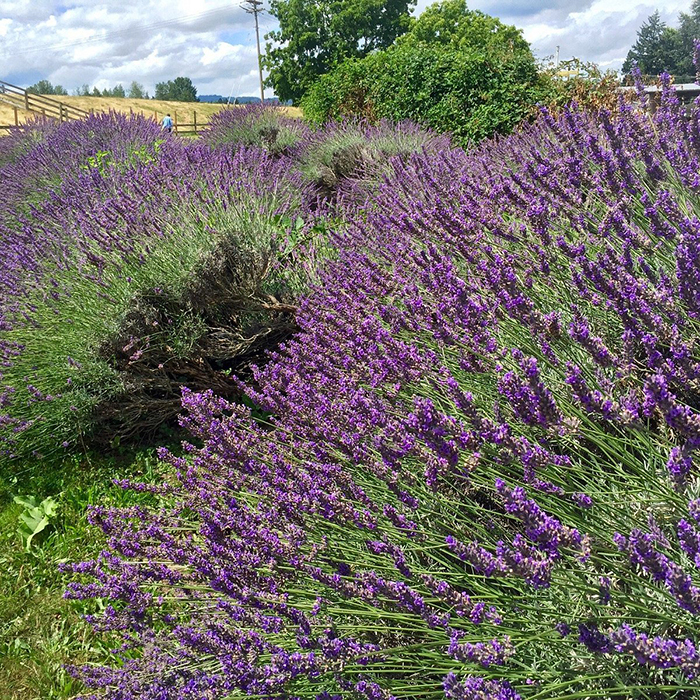
Lavender Haven started as a vision seen by owner Judy Richardson. While relaxing on her property one day, Judy envisioned a sea of purple flowers. She didn’t know they were lavender until she encountered them later while taking classes at Oregon Extension. That was in 1995.
What followed was the creation of this family-owned and operated farm that grows this luscious-smelling medicinal herb and sells fresh-cut stalks at Portland’s Farmer’s Market, along with their more than 30 homemade products, all made with lavender. Lavender Haven also has a store where they sell soaps, scrubs, lotions, eye masks, neck wraps, and much, much more.
Lavender Haven—8500 NE 13th Ave
East Columbia Neighborhood Parks
Columbia Children’s Arboretum—See above
East Columbia Neighborhood Community Resources
East Columbia Neighborhood Association
East Columbia Neighborhood Schools
K-8—Faubion School
High School—Jefferson High School and Roosevelt High School
East Columbia Neighborhood Vibe
Marine community. Outdoorsy and active. A mix of young and old, blue and white collars and entrepreneurs, too. Since the neighborhood is a blend of nature, trucking, and riverfront properties, it attracts a variety of homeowners and visitors. The vibe of East Columbia is quiet and reserved. Since it doesn’t have the hustle and bustle of other neighborhoods, most residents here keep to themselves. Plus, the lush greenery helps solidify the laid-back atmosphere.
East Columbia Neighborhood Stats
Zip Code 97217
East Columbia Neighborhood History
Before Eastern European settlers arrived in the East Columbia area, Native American tribes hunted and fished along the Columbia Slough, living on nearby Sauvie Island for hundreds, maybe even thousands of years.
When the Lewis and Clark Expedition passed through in 1805, they didn’t stay, but about forty years later, the first settlers—the John Switzler family—made a home here. Switzler raised cattle in pastures where Columbia Edgewater Country Club now sits, and he operated the neighborhood’s first post office.
The first Columbia School was built in 1907 with a renovation completed in 1937 to its current size. It became a middle school and part of the Portland Public School District in 1964, creating the Columbia Children’s Arboretum, as mentioned above. The school closed in 1983 and now offers classes for special needs children.
In the early 1970s, East Columbia was annexed by the City of Portland, which led to zoning and required sewers. Residents organized to address the cost of sewer installation, and by 1977, they formed East Columbia Neighborhood Association.
By 1980, the neighborhood had homes on large lots, vegetable farms, recreation areas, horse stables, dog kennels, and trucking industry businesses.
The Albina Community Plan in 1993 allowed higher density housing zoning, followed by Lija Loop, which added 32 new homes in 1996-1997. More housing on Faloma Rd. and Meadow Dr. was also constructed in the 1990s. By the 2000 census, East Columbia had 282 households and a population of 753. Blue Heron Meadows added 104 more new homes to the neighborhood in 1999-2000, and Mariner’s Gale brought 86 more in 2003-2004. By 2010, East Columbia had 1,750 residents.
In 2009, the East Columbia Neighborhood Association expanded to include Fox Hollow and Deltawood residents and Hayden Meadows businesses.
East Columbia Sits on a Flood Plain
In an effort to prevent flooding, residents created a dike between 1905 and 1910, then built a more substantial one in 1921, with the Peninsula Drainage District #2 forming to manage the threat of floods. The Flood Control Act of 1936 served as the impetus for dike improvements by the Corps of Engineers, a few-year project.
The early 1940s brought nearby Vanport, a community created by Henry Kaiser for World War II shipyard workers so their children could attend Columbia School. The Vanport flood in May, 1948 wiped out that community and poured into East Columbia. Following the unfortunate event, the Corps of Engineers returned to fortify the river’s levees to withstand a 100-year flood.
It must have done the trick because when the 1964 Christmas Flood came, while residents had to evacuate, the area didn’t flood.
Transportation
Settler John Switzler also provided transportation to other residents via horse and rider and the Portland-Vancouver ferry. Transportation options grew in 1888 when the Portland-Vancouver Railroad expanded to reach Switzler’s ferry.
In 1952, the Jubitz Truck Stop, still in operation, opened, and ten years later, I-5 was built, vastly changing navigation into and out of the area.
East Columbia Neighborhood Real Estate
As with the surrounding neighborhoods, East Columbia’s real estate values have launched from “fixer-upper starter home” just a few years ago to “established.”
Click here to see all East Columbia neighborhood homes for sale.
To learn about the Portland real estate market, we recommend this local Portland-based, top 100 real estate blog in the world.
If you are interested in buying a home in Portland, we recommend meeting up with these top 1% Portland buyer’s agents, or if you are considering selling a home we recommend these top 1% Portland seller’s agents. Visit our Portland Real Estate Page for more information.
North Portland Neighborhood Map
Click any neighborhood.
See the full list of Portland neighborhoods in our Portland Neighborhood Guide.
Sources
East Columbia Neighborhood Association. East Columbia History.

